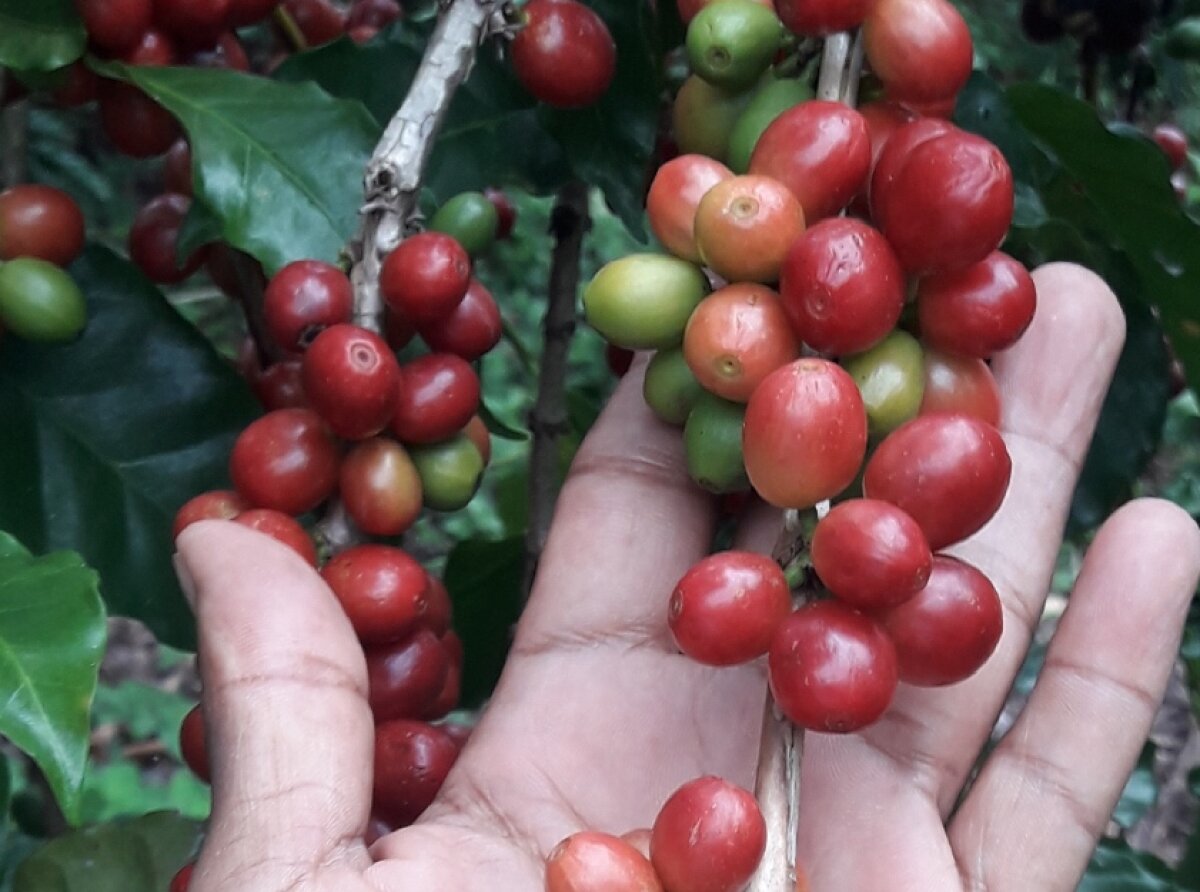Today World Coffee Day is Celebrated, a world-renowned product of Jalisco.
In the Sierra Occidental region of Jalisco the largest coffee production in the state is located, mainly concentrated in the municipalities of Talpa de Allende and San Sebastián del Oeste. Due to the location of this territory in an area of great biological diversity, and in the face of the phenomenon of climate change, it is essential to implement actions that allow increasing the resilience of productive systems and natural resources.
Jalisco coffee production occurs in the communities of La Cuesta, El Desmoronado and Concepción del Bramador in Talpa de Allende; also in La Estancia de Landeros and San Sebastián del Oeste. In these towns, different activities are currently carried out for the coffee production chain, from its fruiting, roasting, and packaging with different local family brands, which are marketed in the region.
The conservation of biodiversity can have multiple scopes by carrying out participatory models that involve those who inhabit a territory. The Ministry of Environment and Territorial Development (SEMADET,) through the Biocultural Landscape of Jalisco program, strengthens this scheme that combines production, social welfare, and the reappropriation of the identity and conservation of nature through sustainable environmental use.
Based on the importance of this economic activity for the region, the initiative of the Biocultural Landscape of Sierra Occidental de Jalisco has developed various activities to reinforce its permanence as a good example of agroecological practices. Technical support to encourage good practices and raise awareness about the impact of the use of agrochemicals in human health, social organization, and the promotion of local brands that meet defined criteria in spaces with people who produce coffee have also been strengthened.
For 7 years they have collaborated with people from the Western Sierra de Jalisco to strengthen cultural identity and sustainable production.
The collective construction of the Biocultural Landscape of Sierra Occidental de Jalisco, a territory of 245,000 hectares, began in 2014. It integrates the municipalities of Mascota, Talpa de Allende, San Sebastián del Oeste and Atenguillo.
This participatory and community model allows promoting economic development based on the protection and enhancement of natural and cultural heritage.

